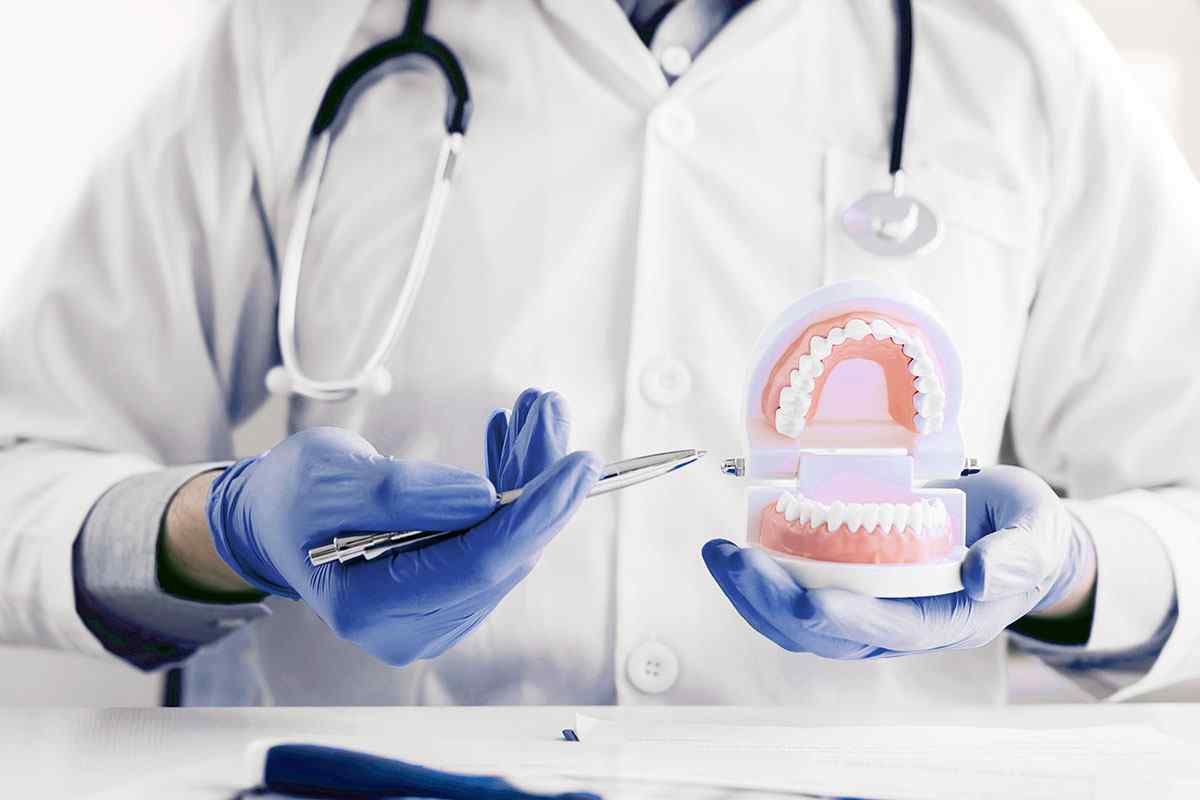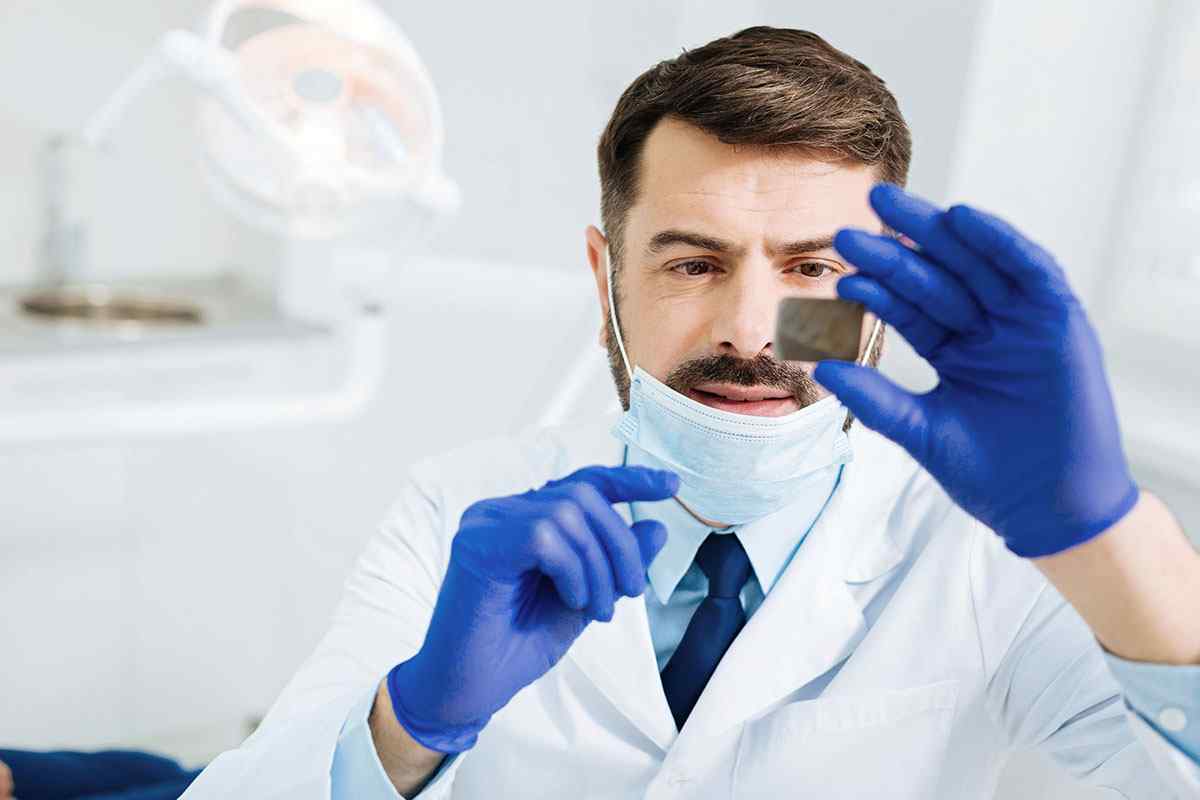What Exactly Is
Teeth Whitening Treatment?
The dentist will first photograph your teeth which will help to know the progress of the treatment. This is also used to examine your tooth and figure out the stains.
After examining the tooth dentist will start by cleaning the tooth. He will remove the film on your enamel coated due to the food you eat or due to other substances.
The whitening process begins after this. The entire process takes around 30-90 mins depending upon the severity of the stains on teeth.
The dentist will cover the gums and will then apply the whitening agent on teeth. Some whitening agents require laser lights on them and if your teeth are badly stained then your dentist will suggest you continue the process at home for a few days.
What Its Used For?
The outer layer of a tooth is called the enamel. The color of natural teeth is created by the reflection and scattering of light off the enamel, combined with the color of the dentin under it. Your genes affect the thickness and smoothness of the enamel. Thinner enamel allows more of the color of the dentin to show through. Having smoother or rougher enamel also affects the reflection of light and therefore the color.
Every day, a thin coating (pellicle) forms on the enamel and picks up stains. Tooth enamel also contains pores that can hold stains.
The most common reasons for teeth to get yellow or stained are:
- Using tobacco
- Drinking dark-colored liquids such as coffee, cola, tea and red wine
- Not taking good care of your teeth
Aging makes teeth less bright as the enamel gets thinner and the dentin becomes darker.
It is also possible to have stains inside the tooth. These are called intrinsic stains. For example, intrinsic stains can be caused by exposure to too much fluoride as a child while teeth are developing. Other causes include tetracycline antibiotics. They can stain a child’s teeth if taken by a mother during the second half of pregnancy or by a child who is 8 years old or younger. Teeth are still developing during these years. Trauma may also darken a tooth.
Tooth whitening is most effective on surface (extrinsic) stains





